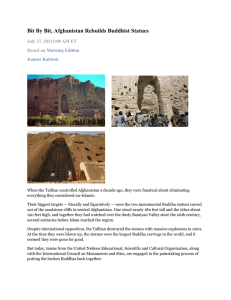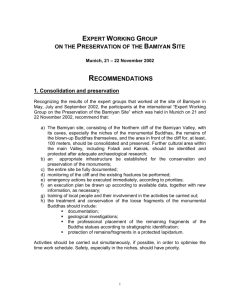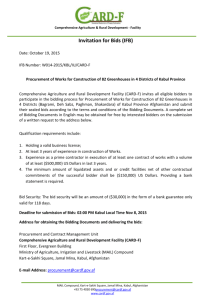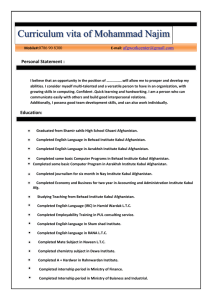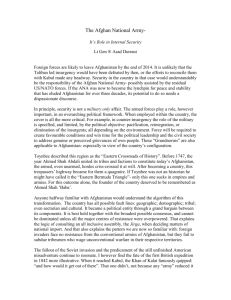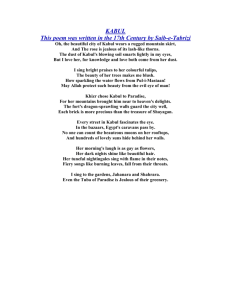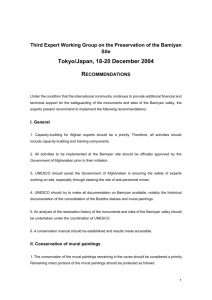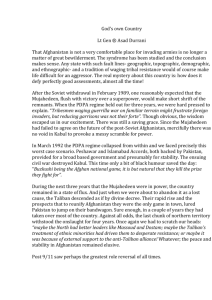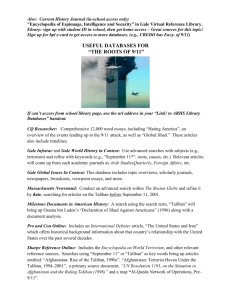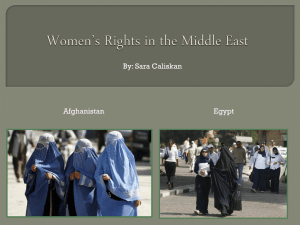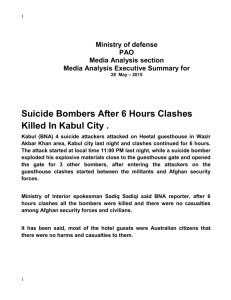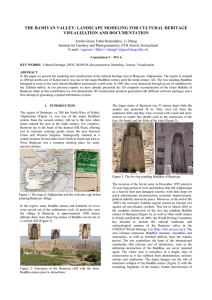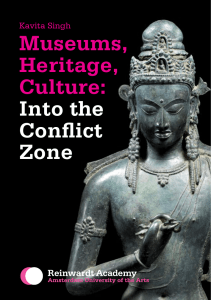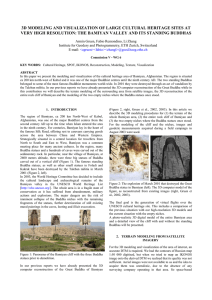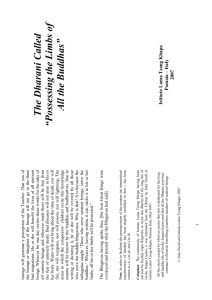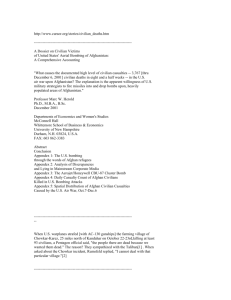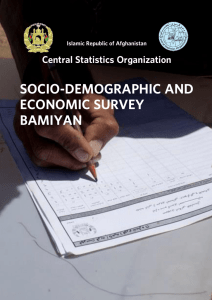Easy Print Version
advertisement
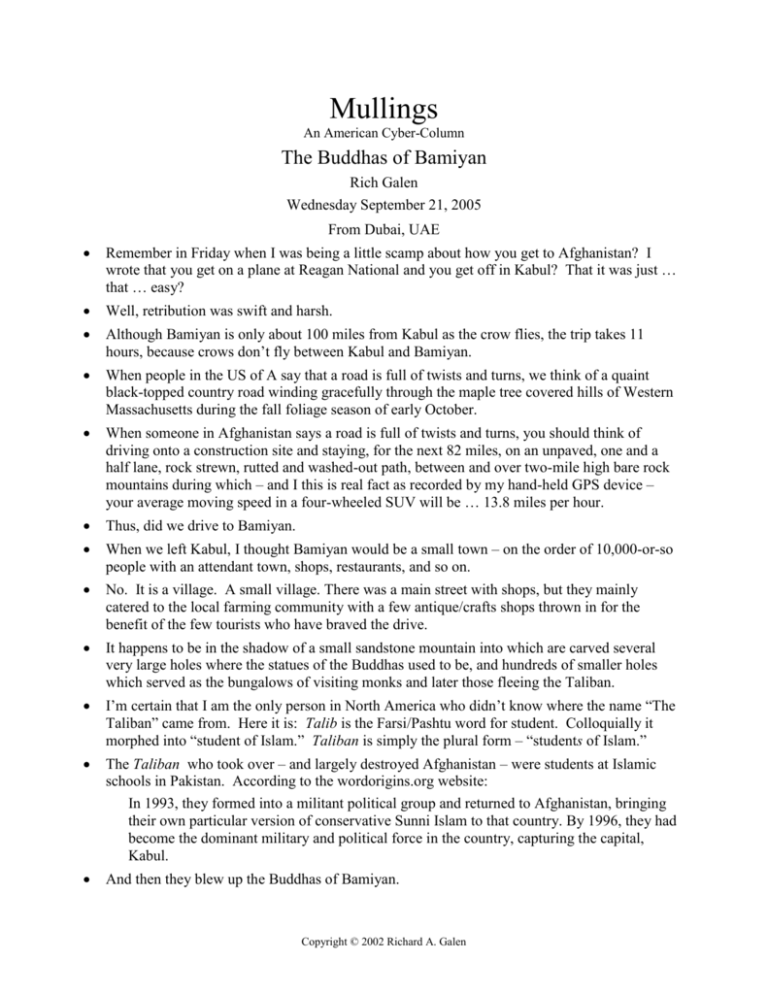
Mullings An American Cyber-Column The Buddhas of Bamiyan Rich Galen Wednesday September 21, 2005 From Dubai, UAE Remember in Friday when I was being a little scamp about how you get to Afghanistan? I wrote that you get on a plane at Reagan National and you get off in Kabul? That it was just … that … easy? Well, retribution was swift and harsh. Although Bamiyan is only about 100 miles from Kabul as the crow flies, the trip takes 11 hours, because crows don’t fly between Kabul and Bamiyan. When people in the US of A say that a road is full of twists and turns, we think of a quaint black-topped country road winding gracefully through the maple tree covered hills of Western Massachusetts during the fall foliage season of early October. When someone in Afghanistan says a road is full of twists and turns, you should think of driving onto a construction site and staying, for the next 82 miles, on an unpaved, one and a half lane, rock strewn, rutted and washed-out path, between and over two-mile high bare rock mountains during which – and I this is real fact as recorded by my hand-held GPS device – your average moving speed in a four-wheeled SUV will be … 13.8 miles per hour. Thus, did we drive to Bamiyan. When we left Kabul, I thought Bamiyan would be a small town – on the order of 10,000-or-so people with an attendant town, shops, restaurants, and so on. No. It is a village. A small village. There was a main street with shops, but they mainly catered to the local farming community with a few antique/crafts shops thrown in for the benefit of the few tourists who have braved the drive. It happens to be in the shadow of a small sandstone mountain into which are carved several very large holes where the statues of the Buddhas used to be, and hundreds of smaller holes which served as the bungalows of visiting monks and later those fleeing the Taliban. I’m certain that I am the only person in North America who didn’t know where the name “The Taliban” came from. Here it is: Talib is the Farsi/Pashtu word for student. Colloquially it morphed into “student of Islam.” Taliban is simply the plural form – “students of Islam.” The Taliban who took over – and largely destroyed Afghanistan – were students at Islamic schools in Pakistan. According to the wordorigins.org website: In 1993, they formed into a militant political group and returned to Afghanistan, bringing their own particular version of conservative Sunni Islam to that country. By 1996, they had become the dominant military and political force in the country, capturing the capital, Kabul. And then they blew up the Buddhas of Bamiyan. Copyright © 2002 Richard A. Galen I suspect that the people of Bamiyan Province are not as upset about this activity as people from more well-developed societies are. The literacy rate is estimated at between 20 and 30 percent. In Bamiyan Province there were very few schools but lots of children walking the family herd out to, or back from, the pasture depending upon the time of day. Anyone who is committed to the whole back-to-nature thing should spend about one summer and autumn collecting cow and donkey dung, forming it into thick pies, and stacking the pies neatly along the roof line of their hut so they dry before they are needed to keep warm through the winter. These are the Afghan people. They have little, but they – over the past several millennia – have defended what little they’ve got with an astonishing ferocity. There is a dignity about the Afghan people in Baniyan Province. What they do, they have been doing for hundreds – perhaps thousands – of years. No one said this, but I suspect a Afghan – especially an Afghan farm woman – might well say of the Buddhas “Life here is hard for people. Why should it be easier for rocks and mountains?” On the <a href = “http://www.mullings.com/dr_09-21-05.htm”><b> Secret Decoder Ring</b></a> page today: Five more photos from Afghanistan and a link to a pretty good summary of how the statues of the Buddhas came to be, and how they came to not be. -- END -- Copyright © 2002 Richard A. Galen
